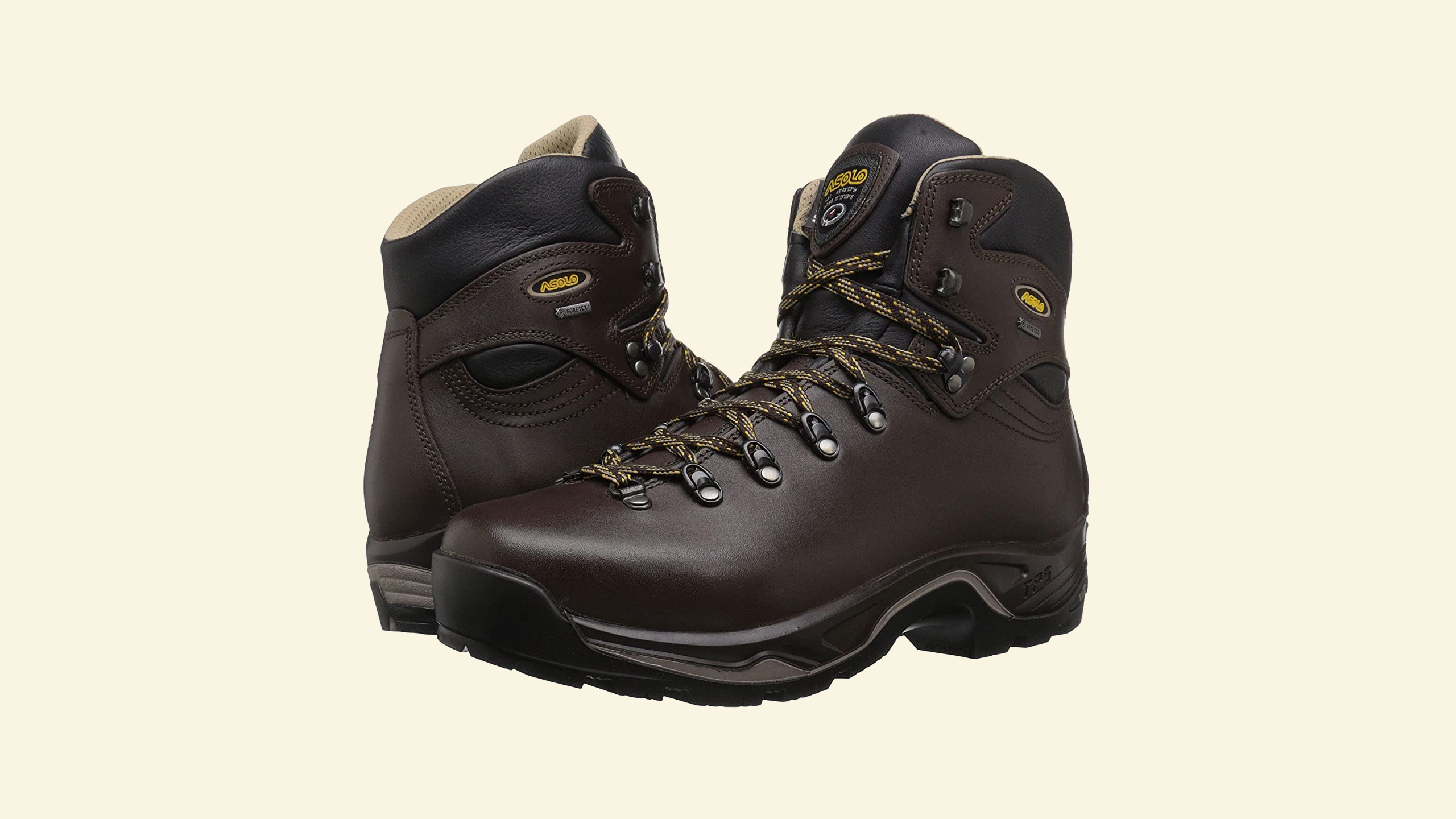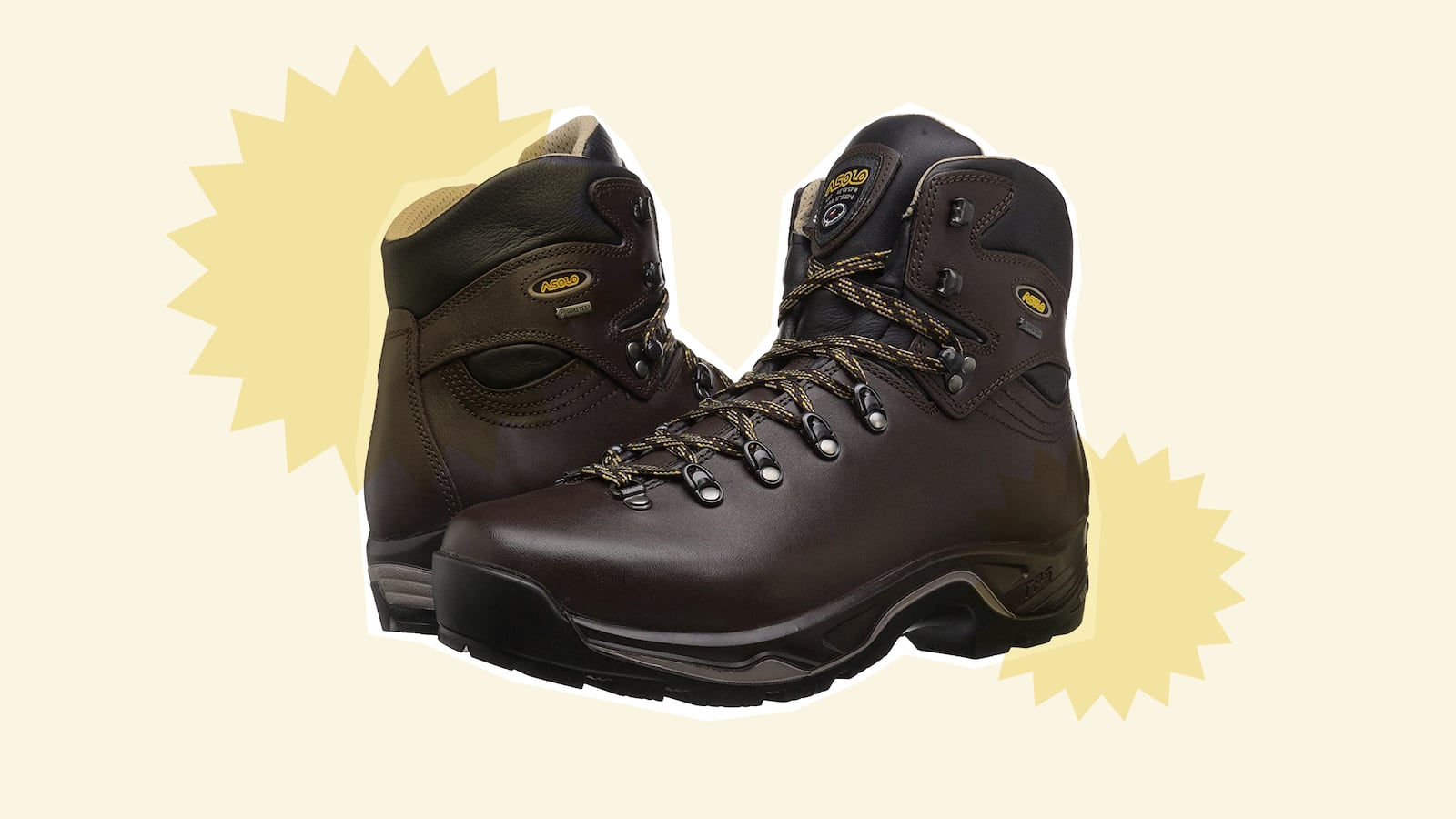Scouted selects products independently. If you purchase something from our posts, we may earn a small commission.
The second greatest testament to a piece of outdoor gear or apparel is when you replace it with an identical purchase once it wears out. The greatest testament, however, is when your gear simply refuses to wear out. And that’s the experience I have had with my trusty Asolo TPS GV boots. I got mine back in 2012 before a climb up Mt. Rainier, and now nearly a decade later, with hundreds of miles slogged and thousands of feet of elevation gained and returned, the boots remain as comfortable, sturdy, and supportive as ever.
The Asolos are a good deal pricier than many a fine pair of hiking boots. In fact, they cost twice as much as many options. But they are more than worth it. I can say this because I’ve owned a pair of them for more than nine years, and never needed a new pair. But hey, if you don’t want to take it from me alone, how about globally renowned wilderness and survival expert Les Stroud, AKA Survivorman.


If there is anyone alive who knows the importance of reliable gear, it is Les Stroud, a man who has been through dozens of survival ordeals in locations as disparate as the Australian Outback to the mountains of California to the frigid Arctic and beyond. In the course of his career, creating the Survivorman TV series and other programs, writing several books, including a new one called Wild Outside: Around the World with Survivorman, which is geared toward younger adventurers, and in serving for many years as an expert guide, his life has literally depended on his gear myriad times.
Stroud and I are on the same page when it comes to boots: “it’s hard to beat the Asolo TPS 520 GV’s,” Stroud told me, and I couldn’t agree more. The quick 4-1-1 on these boots: they have a full-grain waterproof leather upper and a rugged, Vibram rubber outsole with a Gore-Tex lining. They are soft and warm yet draw off excess heat and moisture, keeping your feet dry and comfortable. A gusseted tongue design and snug ankle collars keep snow and debris out of the boot while an “Achilles notch” stops the back of the boot from digging into your foot on descents. The supportive sole also protects against impact damage even as you stomp on rock after rock. In short, a mountain of planning went into the design of these boots, and it shows.
I’ve worn them through damp meadows at low altitude, rocky scrambles a few thousand feet up, and strapping on the crampons for the glaciers, ice, fresh snow above that. I’ve worn them on a 100-plus mile trek that traversed South American jungles and mountains and everything in between. I have my Asolos while rock climbing in Colorado, hiking in New York, and scrambling up the Grand Teton in Wyoming and California’s majestic Mt. Whitney (four times and counting on that peak). And all that is just scratching the surface, something even the harshest terrain seems unable to do to the boots in question. (I’ve worn them while shoveling snow in the driveway plenty, too, in case you were wondering).
“I can wear these Asolo boots even if I’m scrambling up steep terrain, or going over mud and wet grass, all of it, and I love the fact that they just can’t get beat up,” Stroud says. The same is true for my experience (add in some of your experience here. “They’re like a world champion of boots when you get out there, they just don’t get beat up no matter what kind of terrain I’m in, and that’s different from other forms of footwear–so much footwear can take a beating and then fail.”
“The only time in my life when my Asolo boots ‘quote unquote’ failed me,” adds Stroud, “was when my dog chewed the leather apart. That is the only way I know of to defeat these boots, is to let a dog at them.”
Mine haven’t failed me yet, but then again, I don’t have a dog.
Sign up for our newsletter for more recommendations and check out our coupon site for more deals.






